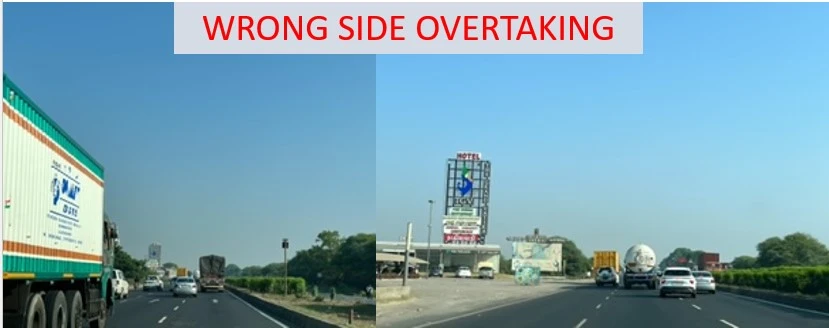
Introduction: Cyclone storms pose a significant threat to property, including vehicles. Strong winds, heavy rains, and flying debris can cause substantial damage. Protecting your vehicles during a cyclone storm requires careful planning and taking appropriate precautions. This article provides a comprehensive guide on safeguarding your vehicles to minimize the risk of damage and ensure their safety during cyclone events.
- Secure Parking Location: Choose a safe location to park your vehicle before the cyclone approaches. Ideally, park it in a sturdy, enclosed structure such as a garage or carport. If such options are not available, park the vehicle away from trees, power lines, and structures that may collapse or pose a risk of falling debris. Avoid low-lying areas or flood-prone regions where rising water levels could damage the vehicle.
- Secure Loose Objects: Remove any loose objects, such as branches, gardening tools, or outdoor furniture, from the vicinity of your vehicle. Secure these items indoors or tie them down to prevent them from becoming flying projectiles that could damage your vehicle or cause injury.
- Protect Windows and Windshields: Cover your vehicle’s windows and windshield with sturdy materials such as plywood or storm shutters to minimize the risk of damage from flying debris. If you don’t have these materials, park your vehicle with the front end facing away from the expected wind direction.
- Seal Openings: Ensure that all openings in your vehicle, including windows, sunroofs, doors, and vents, are tightly closed and sealed. Use weather stripping or duct tape to seal any gaps or cracks. This prevents water and debris from entering the vehicle during heavy rains and high winds.
- Maintain Adequate Insurance: Prioritize comprehensive insurance coverage for your vehicle, including coverage for natural disasters such as cyclones. Review your insurance policy to understand the extent of coverage and any specific requirements or procedures to follow in case of storm damage. Keep important documents, including insurance papers and vehicle registration, in a waterproof container or digitally backed up.
- Keep Fuel Tanks Full: Ensure your vehicle’s fuel tank is full before the cyclone hits. This minimizes the risk of water entering the fuel system and prevents fuel shortage during emergencies. Additionally, a full tank adds weight to the vehicle, making it less susceptible to being moved or toppled by strong winds.
- Regular Maintenance: Perform routine maintenance checks on your vehicle before the cyclone season. Ensure that tires are properly inflated, brakes are in good condition, and all fluids are topped up. Well-maintained vehicles are less likely to encounter mechanical issues during or after a storm.
- Emergency Kit: Prepare an emergency kit for your vehicle, including essential supplies such as a first aid kit, flashlight, spare batteries, non-perishable food, water, a basic toolkit, and a portable phone charger. Store these items in a waterproof container within the vehicle, ready for use in case of emergency.
- Stay Informed: Stay updated on weather forecasts and heed the warnings and instructions issued by local authorities. Follow evacuation orders if necessary, leaving your vehicle behind if it is safer to do so.
- Post-Storm Inspection: After the cyclone has passed, carefully inspect your vehicle for any damage. Look for signs of dents, scratches, broken windows, or water intrusion. Take photographs of any damage for insurance claims and contact your insurance provider promptly.
Protecting your vehicles during a cyclone storm requires proactive measures and careful planning. By securing a safe parking location, protecting windows and openings, maintaining insurance coverage, performing regular maintenance, and staying informed, you can minimize the risk of damage to your vehicles. Remember to prioritize personal safety and follow the instructions and guidance provided
___________________________ XXXXX _____________________________
Note: Above views are purely written based on my own individual experience through various industries & based on that above points have been came out. Also gone through various books & Reference sites before conclude. Hence before implementing, pls. review & decide whether it suits/align to your requirements or not.







